|
After the grueling marches to and from Trenton, only a handful of Captain William Croghan’s Pittsburgh men were able to continue on to the Battle of Princeton on January 3, 1777. Princeton was a key American victory. It proved that Trenton wasn’t just a fluke, and it breathed new life into a cause that was just about exhausted. At Williamsburg, the company’s core of about 70 men had been boosted to 140 by the addition of stragglers who had missed the 8th Virginia Regiment’s rendezvous. The company, attached to the 1st Virginia for the year, was at the very center of the action at Trenton, lined up only a few yards from the commander in chief. The marches to and from Trenton were much harder on the men than the battle itself. By the time Washington crossed the Delaware again for another go at the enemy, only a fraction of the men were able to go with him. A mere 20 men from the 1st Virginia were healthy enough to join. Of them, only five can be shown from pension records to have been from Croghan’s detachment from the 8th Virginia —one twenty-third of the original 140. The rest were dead, had deserted, or were sick in camp on the other side of the river. Even Croghan seems to have been absent, leaving Lieutenant Abraham Kirkpatrick in command. Kirkpatrick was a tough, mean, and belligerent man, but also an effective soldier. With him were privates Henry Brock, Harmon Commins, Jonathan Grant, David Williams, and perhaps others who left no record of their presence. All three of the 1st Virginia's field officers were wounded or sick, leaving command to Captain John Fleming. These men, together with the remnants of three other Continental regiments and 200 Pennsylvania state (not Continental) riflemen, were Washington’s advance force, under Brigadier General Hugh Mercer’s command. Fleming’s men went first as they clambering over the icy banks of a ravine and proceeded through an orchard. On the other side of the trees they found fifty dismounted British dragoons lying prone behind a split-rail fence. The dragoons rose and fired a volley. As often happened, this first volley went over their heads—splitting the branches of the fruit trees above them. The dragoons retreated about 40 feet to reload as they were reinforced by a British infantry regiment.
Captain Fleming was killed. His lieutenant, Bartholomew Yeates, was sadistically shot, stabbed, beaten and left to die. Lieutenant Abraham Kirkpatrick was wounded too, but also fortunate enough to be carried off the field by Private Grant. The British captured a cannon, turned it around, and fired it as the Americans ran. Colonel John Haslet of Delaware, attempting to rally the men behind a farm building, was shot through the head and “dropt dead on the spot.” A unit of Philadelphia Associators (militia) arrived to help, but were also quickly forced to retreat. With the Revolution itself hanging in the balance, George Washington brought more reinforcements and daringly risked his own life rallying the troops. “At this moment Washington appeared in front of the American army,” recalled a Pennsylvania state rifleman, “riding toward those of us who were retreating, and exclaimed ‘Parade with us, my brave fellows, there is but a handful of the enemy, and [we] will have them directly.’” The American soldiers were moved, physically and emotionally. “I shall never forget what I felt at Princeton on his account,” wrote one of the Philadelphia Associators, “when I saw him brave all the dangers of the field and his important life hanging as it were by a single hair with a thousand deaths flying around him. Believe me, I thought not of myself.” In the battle that followed, Washington and his men were victorious. After the devastating losses of 1776, Washington had learned to win smaller battles fought on his own terms and to avoid major set-piece battles like those he had lost in New York. Most importantly, his countrymen believed again that they could win. The death of Hugh Mercer, a former commandant of Fort Pitt during the French and Indian War, was widely mourned. Today, eight states have counties named for him and there are countless towns, streets, and schools named in his honor. Unfortunately, the central importance of the battle in which he, Colonel Haslet, Captain Fleming, and Lieutenant Yeates gave their lives is lost on too many people today--including the people who own the ground on which they fought. More from The 8th Virginia Regiment
11 Comments
Geoff
1/3/2018 12:56:52 pm
Fascinating, thanks
Reply
Don Wurm
8/14/2019 12:33:45 am
I am a 70 year old man and it left me in tears.
Reply
Alan kraus
1/3/2022 06:52:51 pm
Whoever does the info on the 8th is awsome
Reply
4/1/2022 04:26:42 am
I very much appreciate it. Thank you for this excellent article. Keep posting!
Reply
4/11/2023 03:28:58 pm
On the other side of the trees they found fifty dismounted British dragoons lying prone behind a split rail fence. The dragoons rose and fired a volley. As often happened, Thank you for the beautiful post!
Reply
12/27/2023 11:01:48 pm
I've been researching my family's genealogy, and I discovered that one of my ancestors served in the 8th Virginia during the Civil War. Learning more about the regiment and its contributions has been a fascinating journey. This blog has been a valuable resource in my research, and I'm grateful for the information you've provided. Keep up the excellent work!
Reply
1/9/2024 02:29:26 pm
It's incredible to think about the resilience and determination of Captain William Croghan's Pittsburgh men during the Battle of Princeton in 1777. After the challenging marches to and from Trenton, only a few of them managed to push through and participate in this crucial battle.
Reply
1/26/2024 08:26:34 am
I've always been fascinated by the stories of ordinary individuals who rose to the occasion during the American Revolution. The Pittsburgh men who persevered through those tough marches to reach Princeton are a perfect example of this.
Reply
1/29/2024 10:12:24 am
The sacrifices made by Captain William Croghan's Pittsburgh men during the Battle of Princeton are truly awe-inspiring. Despite the harsh conditions and long marches leading up to the battle, only a handful of them managed to continue on to Princeton on that fateful day in 1777.
Reply
2/1/2024 10:02:22 am
Reading about the Pittsburgh men who participated in the Battle of Princeton reminds us of the sacrifices made by ordinary individuals during the American Revolution.
Reply
5/6/2024 04:29:58 pm
The history of the war is huge and interesting. Also the detail you shared about this battle of Princeton is good to read with the role of Pittsburgh men. I saw many people like to find the details about these men and how they perform in the battle.
Reply
Leave a Reply. |
Gabriel Nevilleis researching the history of the Revolutionary War's 8th Virginia Regiment. Its ten companies formed near the frontier, from the Cumberland Gap to Pittsburgh. Categories
All
Archives
June 2024
© 2015-2022 Gabriel Neville
|
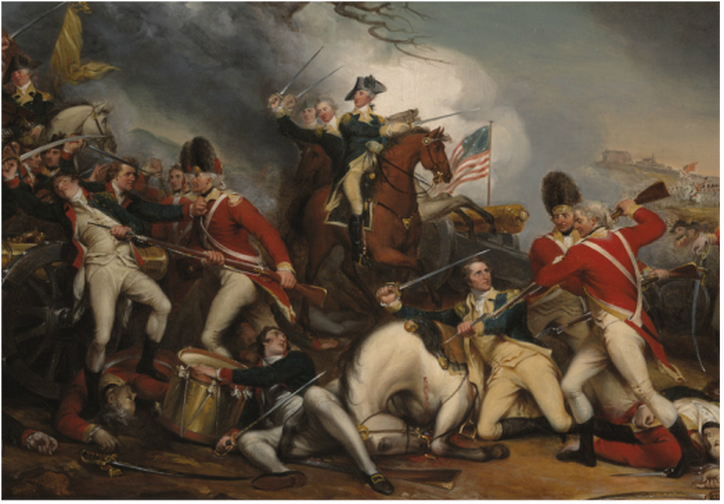
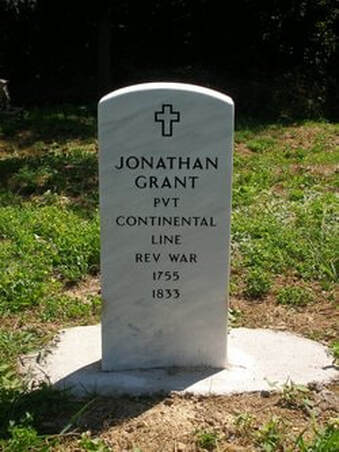
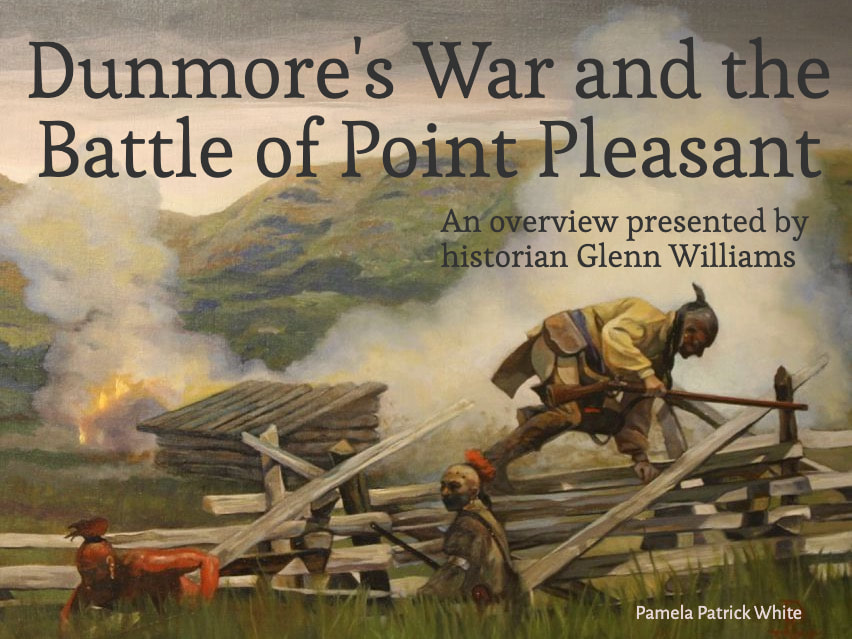
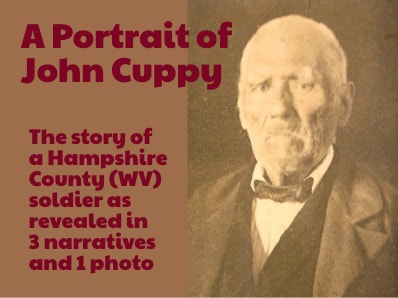
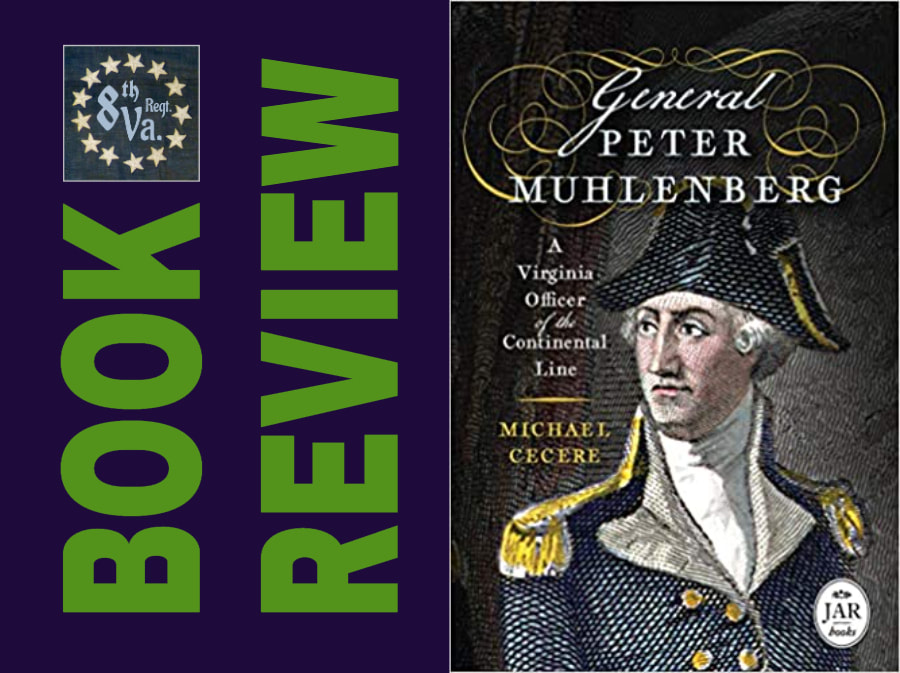
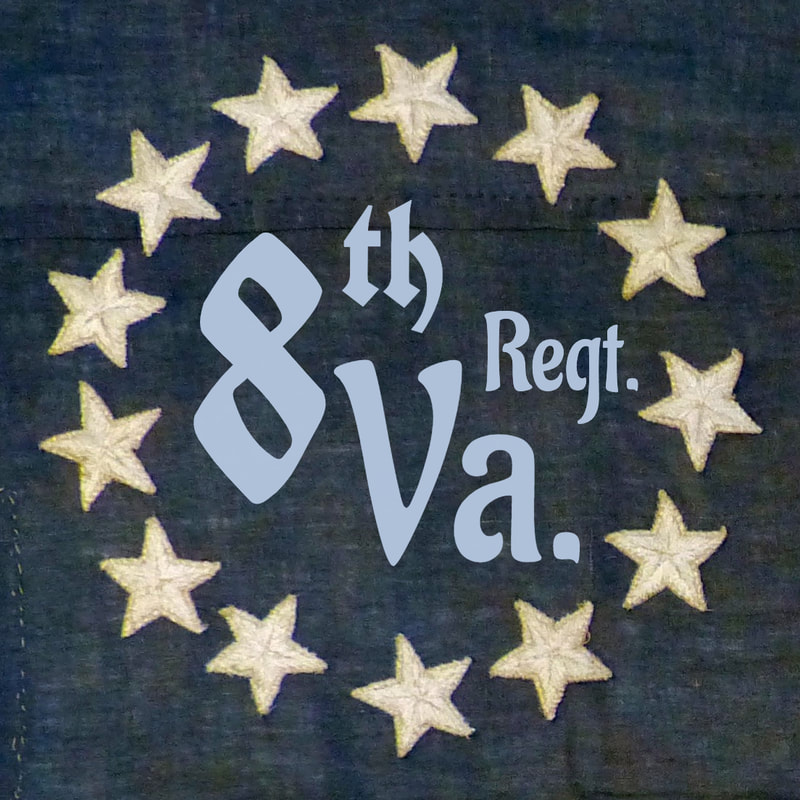
 RSS Feed
RSS Feed